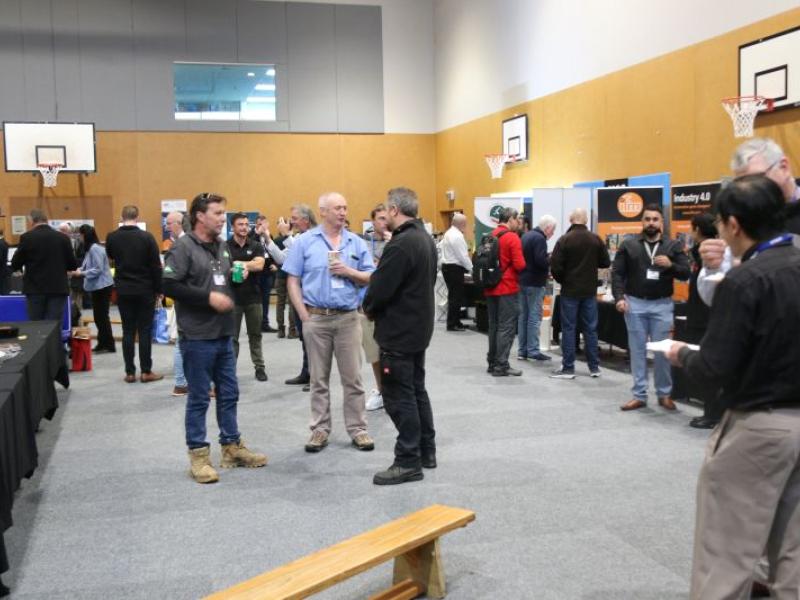Regulatory compliance and best maintenance practices are crucial in optimising the safety, performance, reliability and efficiency of overhead cranes vital to major manufacturing, materials handling, mining, food and beverage and other material handling applications, but when there are several different programmes across multiple sites, it can be difficult to see if anything is missing.
To search for and fill any compliance gaps in maintenance programmes, Konecranes is introducing to Australasia its Compliance Gap Analysis service, where a qualified trained Inspector will thoroughly evaluate all aspects of a programme, including inspection methods and documentation, preventative maintenance, repair processes and operator safety.
“Konecranes’ Compliance Gap Analysis is designed to identify if any gaps exist in your current maintenance program using information from all applicable OEM documents and overhead material handling standards,” says Joseph Cefai, Consultation Services Manager, Konecranes Australia and New Zealand.
Konecranes draws on its experience as the ‘world’s largest’ crane service organisation – with over 450,000 pieces of equipment across all makes and models under service worldwide – to provide an expert opinion on whether a company’s current crane operations and maintenance practices are aligned with applicable OEM, regulatory requirements and best practices.
“Our aim is to provide a holistic view of the current situation and find key gaps that may have otherwise been overlooked, despite best intentions” says Cefai.
Compliance gap analysis process
A typical process involves three key steps:
1. An on-site meeting with safety, maintenance and operations representatives, plus any other associated departments or personnel, where information-gathering methods are explained and questions about the analysis method are answered.
2. A comprehensive review of the facility, where the Konecranes Inspector studies key processes that typically include inspection practices, pre-shift checklists, and corrective maintenance procedures.
3. A findings review, conducted in person with key stakeholders, where safety-critical items are prioritised and other professional recommendations are made. Information is treated in commercial confidence.
“Compliance Gap Analysis can be a useful tool for safety and maintenance managers seeking to employ best practice and standards compliance because it gives an external expert opinion and covers all aspects of inspection, service and maintenance simultaneously,” said Cefai.
Compliance Gap Analysis is part of a broader suite of Konecranes services, including RailQ runway analysis, RopeQ wire rope inspection and CraneQ crane geometry survey.






